India is home to a plethora of scenic hill stations that offer respite from the scorching heat and pollution of the plains. In this article, we present the Top 10 India Cleanest Hill Stations That You Must Visit in 2025. These destinations not only boast stunning natural landscapes but also prioritize cleanliness and sustainable tourism practices. So pack your bags, embrace the tranquility, and embark on a memorable journey to these pristine hill stations.
Here are Top 10 India Cleanest Hill Stations:
In this article we Describe Top 10 Hill Stations & Destinations OR Top 10 India Cleanest Hill Stations in India with Seasonal Guide.
1. Munnar: Nature’s Paradise in God’s Own Country
Nestled in the Western Ghats of Kerala, Munnar is renowned for its lush tea plantations, mist-covered hills, and cascading waterfalls.
Immerse yourself in the breathtaking beauty of the Eravikulam National Park, witness the mesmerizing Neelakurinji blooms, and indulge in a refreshing tea-tasting experience.
Munnar’s commitment to cleanliness makes it a must-visit hill station.
Seasonal Guide:
- Summer (March – May): With moderate temperatures, it’s a great way to escape the heat.
- Monsoon (June – September): The landscape is lush with greenery, but outdoor activities may be limited due to heavy rainfall.
- Winter (October– February): Best for honeymooners and adventure lovers. Cold and foggy weather.
2. Shimla: The Queen of Hills
Located in the picturesque state of Himachal Pradesh, Shimla continues to captivate travelers with its colonial charm and stunning vistas.
Take a leisurely stroll along the Mall Road, visit the iconic Christ Church, and soak in the panoramic views from the Ridge.
Shimla’s cleanliness initiatives ensure a pleasant and pristine experience for visitors.
Seasonal Guide:
- Summer (March to June): The weather is pleasant, Perfect for sightseeing, adventure activities, and escaping the heat.
- Monsoon (July to September): Surrounded by greenery, but landslides and heavy rains can make travel difficult.
- Winter (October to February): Best for honeymooners and ideal for snow lovers! Shimla transforms into a winter wonderland, where temperatures drop from -2°C to 10°C.
3. Darjeeling: Tea, Toy Train, and Tranquility
Famous for its world-renowned tea estates and the charming Darjeeling Himalayan Railway, Darjeeling offers a unique blend of natural beauty and cultural heritage.
Witness the sunrise over the majestic Kanchenjunga, explore the tea gardens, and embark on a joyous ride on the toy train.
Darjeeling’s commitment to cleanliness enhances the overall charm of this hill station.
Seasonal Guide:
- Summer (March to June): Best for sightseeing, pleasant weather (15°C to 25°C), ideal for visiting tea gardens, riding toy trains and sightseeing, peak of the tourist season.
- Monsoon (July to September): Lush greenery and calm environment, heavy rainfall with misty scenery, less crowded and budget-friendly, risk of landslides, travel with caution.
- Winter (December to February): Best for snow lovers, cold weather (2°C to 10°C) and occasional snowfall in the surrounding areas, best time for honeymooners and adventure seekers, warm clothing is essential.
Also Read : Discover the Enchanting Beauty of Darjeeling
4. Manali: Gateway to Adventure and Serenity
Situated in the Kullu Valley of Himachal Pradesh, Manali is a paradise for adventure enthusiasts and nature lovers alike.
Engage in thrilling activities like paragliding, river rafting, and trekking, or simply unwind amidst the snow-capped mountains and apple orchards.
Manali’s cleanliness efforts ensure a pristine environment for travelers to enjoy.
Seasonal Guide:
- Summer (March to June): Perfect for sightseeing, adventure activities, and getting away from the heat.
- Monsoon (July to September): Brings a feast of greenery but also landslides, which make travel risky.
- Winter (October to February): It is ideal for snow lovers. Winter transforming Manali into a snow-covered paradise, honeymooners and adventure seekers keen to enjoy skiing and snowboarding.
5. Ooty: The Queen of Nilgiris
Perched amidst the picturesque Nilgiri Hills of Tamil Nadu, Ooty is known for its sprawling tea gardens, scenic lakes, and pleasant weather.
Take a boat ride on the serene Ooty Lake, explore the charming Botanical Gardens, and savor the flavors of homemade chocolates.
Ooty’s dedication to cleanliness adds to its allure as a tourist destination.
Seasonal Guide:
- Summer (March to June): The ideal season for sightseeing and outdoor activities, with pleasant temperatures ranging from 15°C to 25°C. It is perfect for exploring tea gardens, lakes, and botanical gardens.
- Monsoon (July to September): Moderate to heavy rainfall makes the landscape green and picturesque, but travel can be challenging due to slippery roads. However, it is a great time for nature lovers looking for a peaceful getaway.
- Winter (October to February): This time is perfect for those who enjoy chilly weather, as temperatures drop as low as 5°C, Winter is a perfect time for honeymooners and adventure seekers.
Also Read : Ooty Tourist Places List with Images
6. Nainital: The Lake District of Uttarakhand
Embraced by the Kumaon Hills, Nainital is famous for its shimmering lakes and panoramic views.
Enjoy a boat ride on the tranquil Naini Lake, witness the beauty of the Naina Devi Temple, and take a cable car ride to the Snow View Point for breathtaking vistas.
Nainital’s cleanliness initiatives ensure a pristine environment for visitors.
Seasonal Guide:
- Summer (March to June): With pleasant temperatures ranging from 10°C to 25°C, it is perfect for sightseeing, boating on Naini Lake, and getting away from the heat.
- Monsoon (July to September): The greenery brings a green and peaceful atmosphere, but landslides can make travel difficult.
- Winter (October to February): Winter transforms Nainital into a snow-covered paradise, ideal for snow lovers and honeymooners, where the temperature drops to -2 degrees Celsius.
7. Coorg: Where Coffee Plantations Meet Natural Splendor
Situated in the scenic Western Ghats of Karnataka, Coorg is known for its sprawling coffee estates, misty mountains, and gushing waterfalls. Indulge in a coffee plantation tour, trek to the mesmerizing Abbey Falls, and explore the ancient Madikeri Fort.
Coorg’s commitment to cleanliness ensures an enriching and unspoiled experience for travelers.
Seasonal Guide:
- Summer (March to May): Coorg is relatively pleasant, with temperatures ranging from 20°C to 35°C. This is the best time to visit the coffee plantations as they are in full bloom.
- Monsoon (June to September): The monsoon season turns Coorg into a lush green landscape with heavy rainfall, perfect for nature lovers. While trekking is difficult also it is ideal for a peaceful, romantic getaway.
- Winter (October to February): Winter is ideal for traveling to Coorg, where the weather is cool (10°C–25°C), suitable for trekking, sightseeing, camping, and wildlife safaris.
Also Read : Top Tourist Places to Visit in Shimla
8. Kodaikanal: The Princess of Hill Stations
Located in Tamil Nadu’s Dindigul district, Kodaikanal offers a tranquil escape amidst its dense forests, meandering rivers, and stunning viewpoints.
Visit the picturesque Kodai Lake, take a nature walk in the Coakers Walk, and witness the mystical beauty of the Pillar Rocks.
Kodaikanal’s focus on cleanliness enhances the charm of this hill station.
Seasonal Guide:
- Summer (March to June): Suitable for getting rid of the heat, temperatures range from 20°C to 30°C.
- Monsoon (July to September): The mountainous area becomes green and lush, but heavy rainfall may limit outdoor exploration.
- Winter (October to February): The weather is cool and foggy, with temperatures dropping to 8 degrees Celsius, ideal for nature lovers and honeymooners.
9. Gangtok: Gateway to the Enchanting East
Perched in the eastern Himalayan range, Gangtok is the capital city of Sikkim and a gateway to the region’s mesmerizing beauty.
Explore the colorful streets of MG Road, visit the famous Rumtek Monastery, and savor the flavors of local cuisine.
Gangtok’s cleanliness initiatives make it an ideal destination for those seeking tranquility and natural splendor.
Seasonal Guide:
- Summer (March – June): The weather remains pleasant, making it the best time for sightseeing, outdoor activities, and visiting Somgo Lake and Nathula Pass.
- Monsoon (July – August): Gangtok experiences heavy rainfall, resulting in lush green landscapes but also an increased risk of landslides, which may affect travel plans.
- Autumn (September–November): Fresh air, clear views of the Himalayas, and ideal trekking conditions.
- Winter (December – February): The temperature drops significantly, allowing for snowfall at higher altitudes, making it perfect for snow lovers and winter trekking.
10. Mount Abu: Rajasthan’s Hill Retreat
Surrounded by the Aravalli Range, Mount Abu offers a unique respite from the desert landscapes of Rajasthan.
Visit the serene Nakki Lake, explore the intricate Dilwara Jain Temples, and witness the stunning sunset from the Honeymoon Point.
Mount Abu’s commitment to cleanliness adds to its allure as a hill retreat.
Seasonal Guide:
- Summer (April to June): Avoid if Possible, hot temperatures (25°C to 35°C), sightseeing can be uncomfortable during peak afternoon hours.
- Monsoon (July to September): Lush greenery, refreshing weather with moderate rainfall, the Aravalli Hills become lush and picturesque, less crowded, perfect for a peaceful trip.
- Winter (October to March): Ideal for sightseeing and outdoor activities, the pleasant weather (10°C to 25°C), is perfect for trekking and visiting Nakki Lake, Dilwara Temples and Guru Shikhar.
Frequently Asked Questions (FAQs):
Q1. How can I reach these hill stations?
Most of these hill stations are well-connected by road and have nearby airports or railway stations. Regular bus services and private taxis are available for convenient travel.
Q2. Are these hill stations safe for solo travelers?
Yes, these hill stations are generally safe for solo travelers. However, it is always advisable to take necessary precautions and follow local guidelines to ensure a safe and enjoyable trip.
Q3. What is the best time to visit these hill stations?
The best time to visit these hill stations varies depending on the region. It is recommended to check the weather conditions and plan your visit during the pleasant seasons for each destination.
Q4. Can I find accommodation options near these hill stations?
Yes, each hill station offers a range of accommodation options, including hotels, resorts, guesthouses, and homestays, catering to different budgets and preferences.
Q5. Are these hill stations family-friendly?
Yes, these hill stations are suitable for families and offer a variety of attractions and activities for people of all ages.
Q6. Do these hill stations have local cuisine options?
Yes, each hill station has its own local cuisine that reflects the flavors of the region. Don’t miss the opportunity to savor the local delicacies during your visit.
Hope you liked this article on Top 10 India Cleanest Hill Stations. Do share your views with me within the comments section below. If this article was helpful, do share this post with your friends on Facebook and Twitter. It would mean a lot.
Hey there! I’m Santu Chakraborty and I’m not your typical traveler. By day, I wrangle circuits and solve electrical mysteries as an engineer, but my true passion lies in exploring the world and sharing those experiences with you. For the past five years, this blog has been my canvas, where I paint stories of adventure, practical travel tips, and cultural insights to ignite your wanderlust. So, come join me on my journeys and discover the magic that awaits just beyond the horizon!

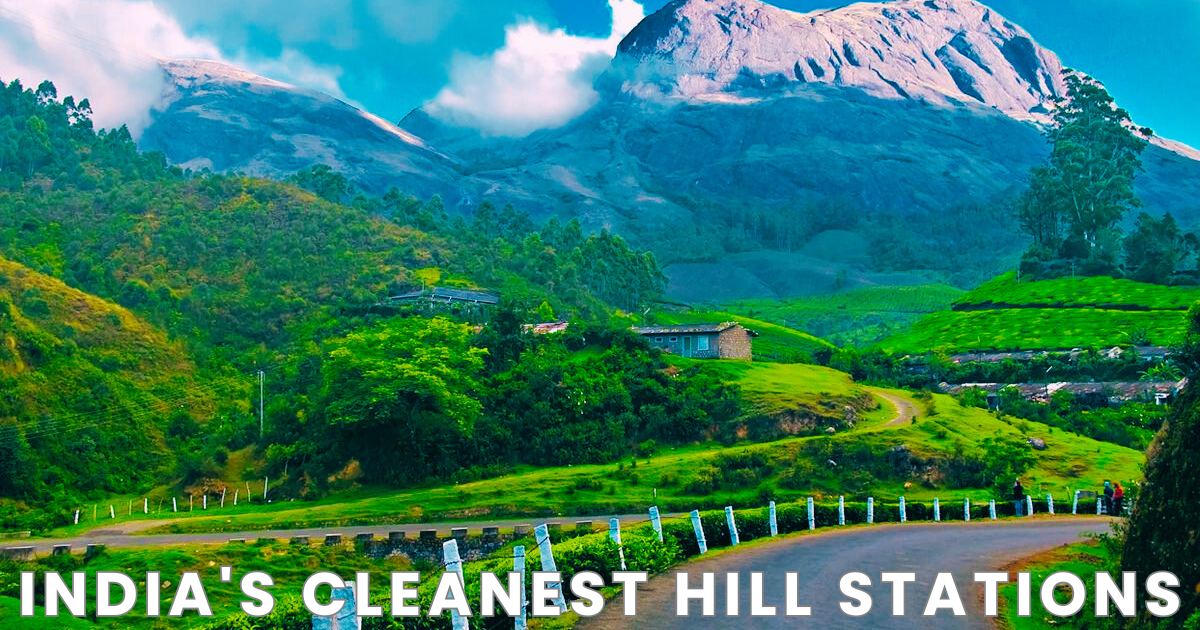


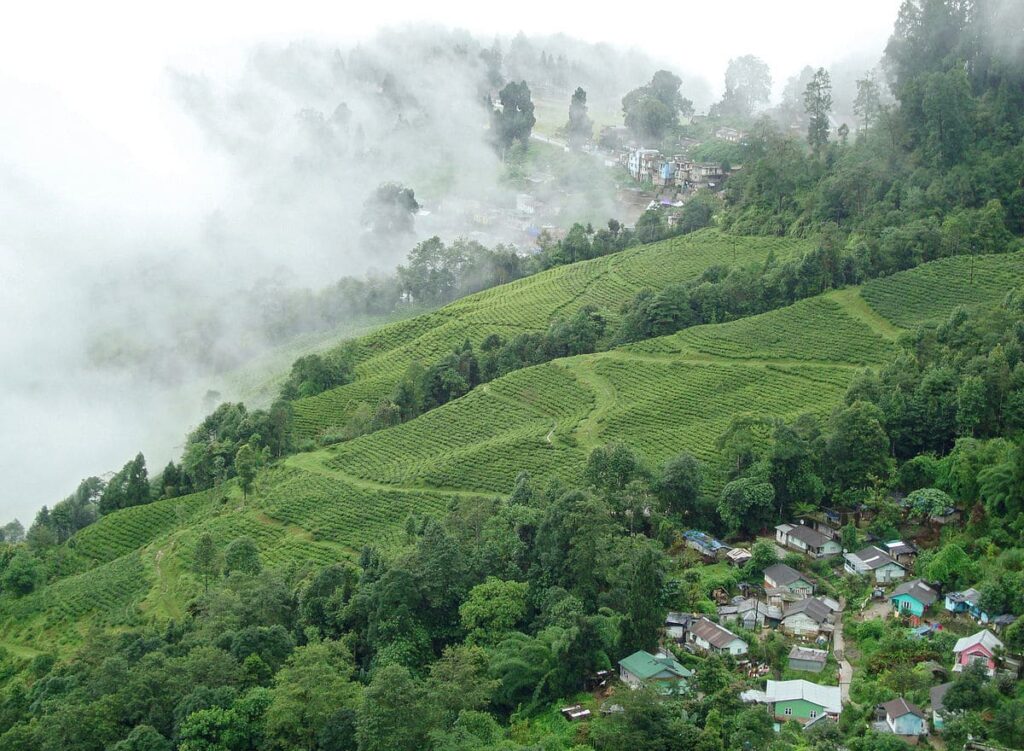
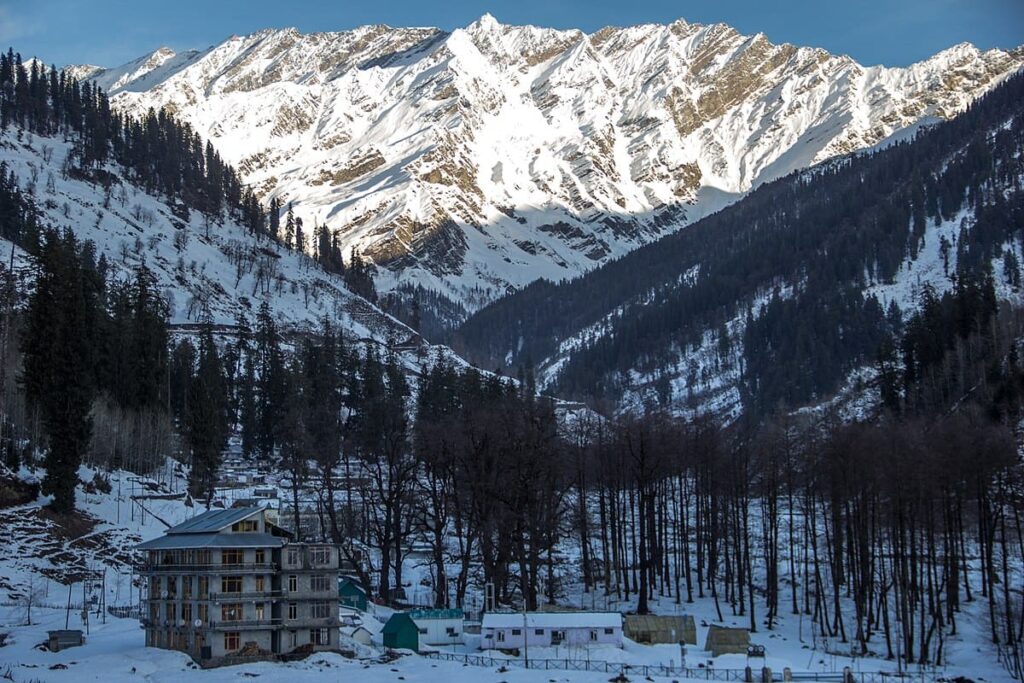
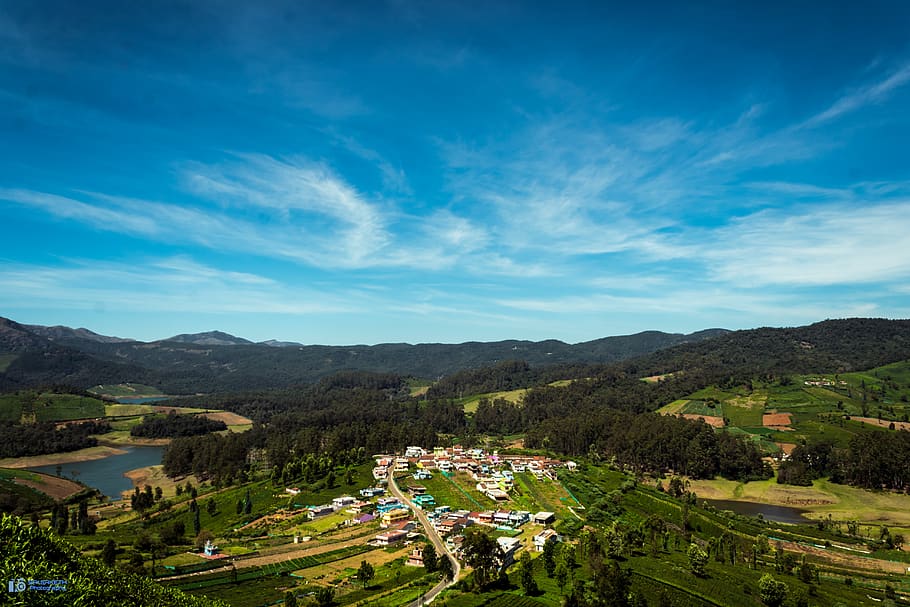
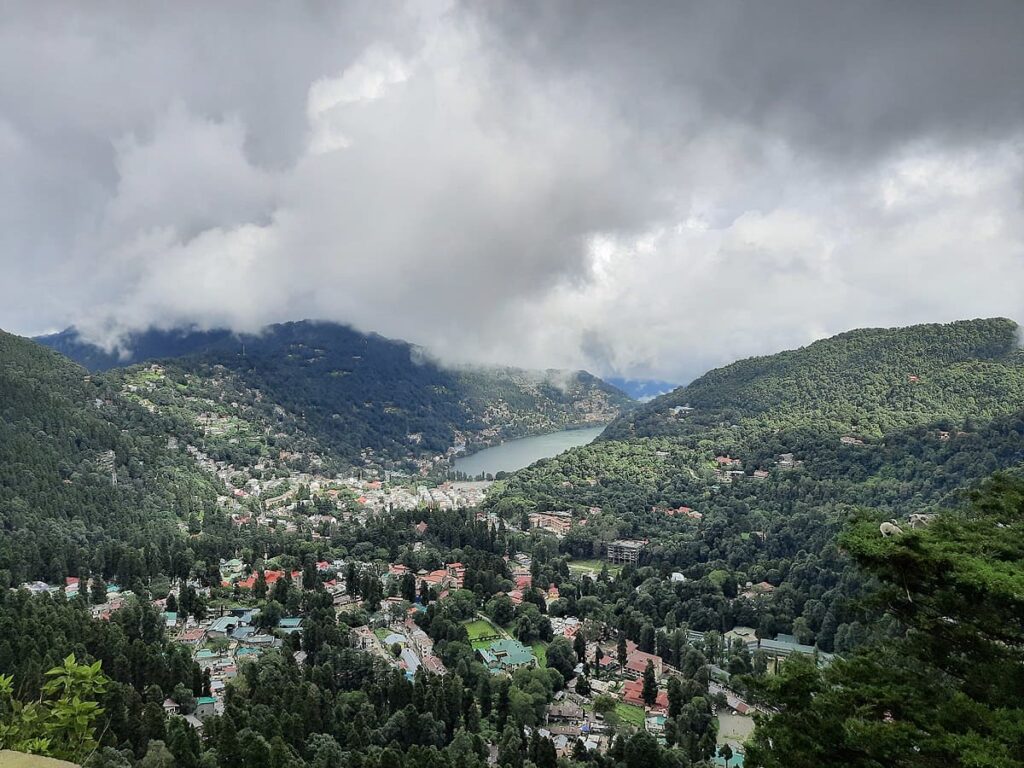

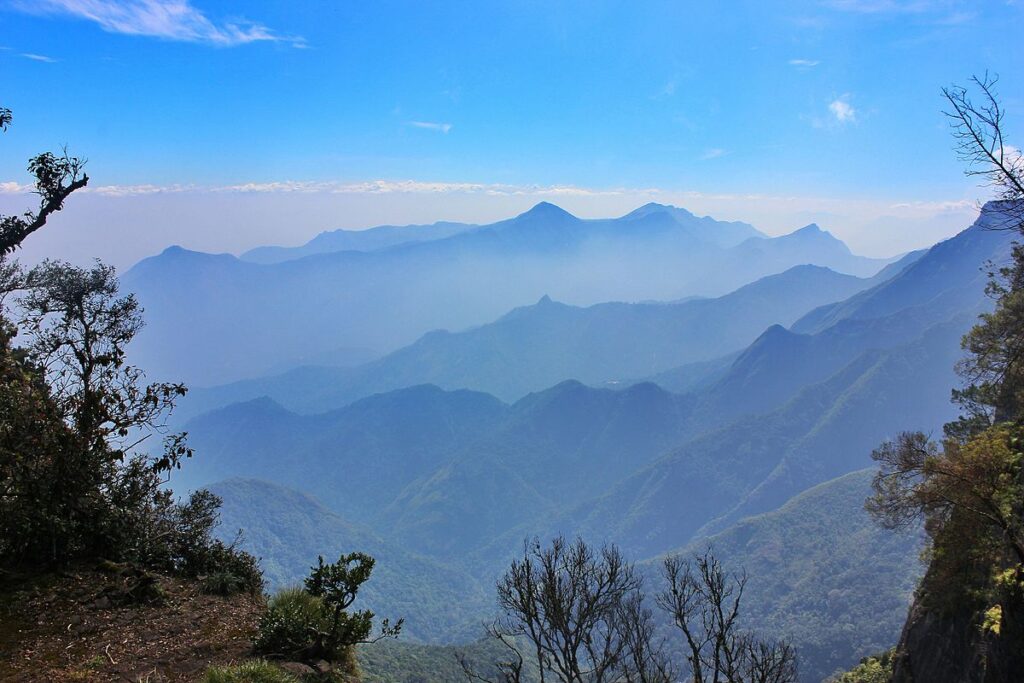




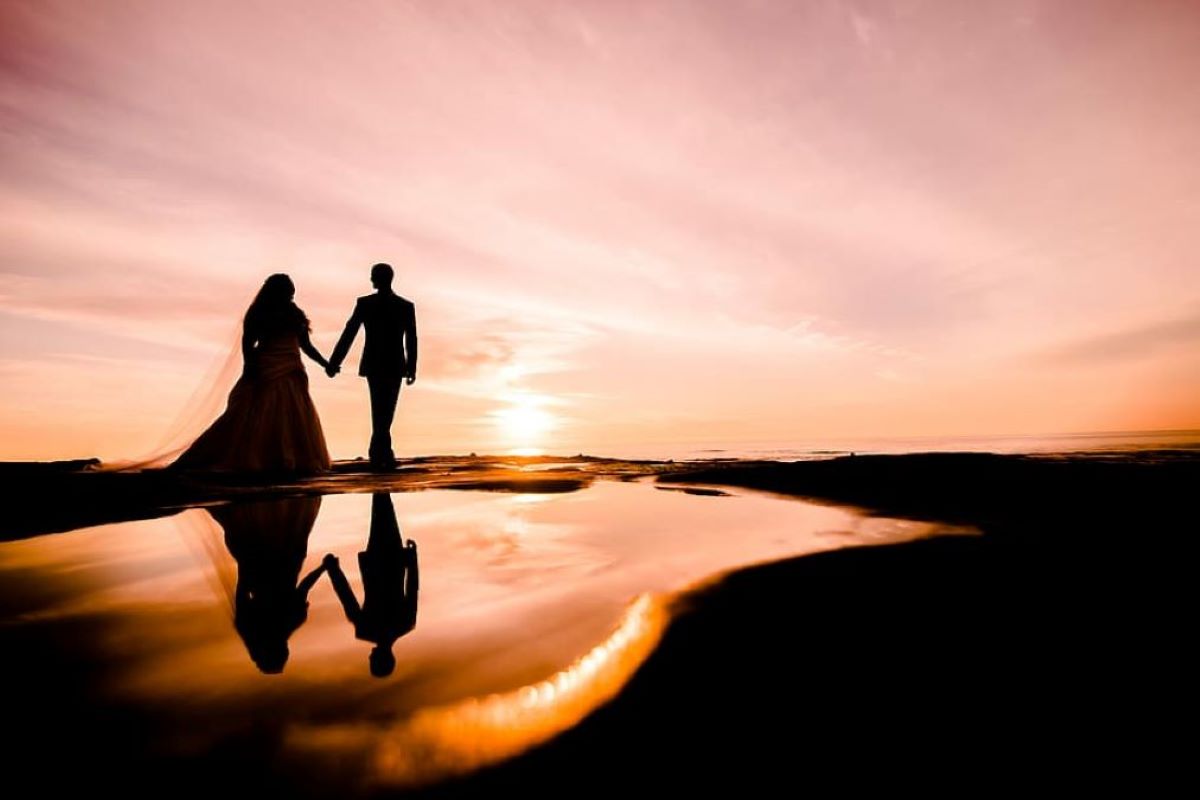
I really like all these places.
Very interesting, good job and thanks for sharing such a good blog.
great blogs !
“Great post! Really enjoyed reading it.”
Well-written and informative. Looking forward to more content from you!
“Thank you for sharing such valuable insights! Your expertise shines through in every post.”
“Great insights! This article really helped me understand the topic better.”
“Well written and insightful!
Appreciate you taking the time to share.”
“Very helpful! Your expertise shines through in every paragraph.”
Thanks for sharing your expertise on this topic. It’s really appreciated.”
This is a fantastic blog post, keep up the good work!”
Thank you for sharing this useful information
“This has sparked a great conversation.”
This has sparked a great conversation.”
“Beautifully written, thank you.”
“Fantastic read. Looking forward to more.”
“This post is packed with valuable information. Thanks!”
“Thank you for sharing your insights. Very informative!”
“Love your passion for this topic. It shines through!”
. “Love your passion for this topic. It shines through!”